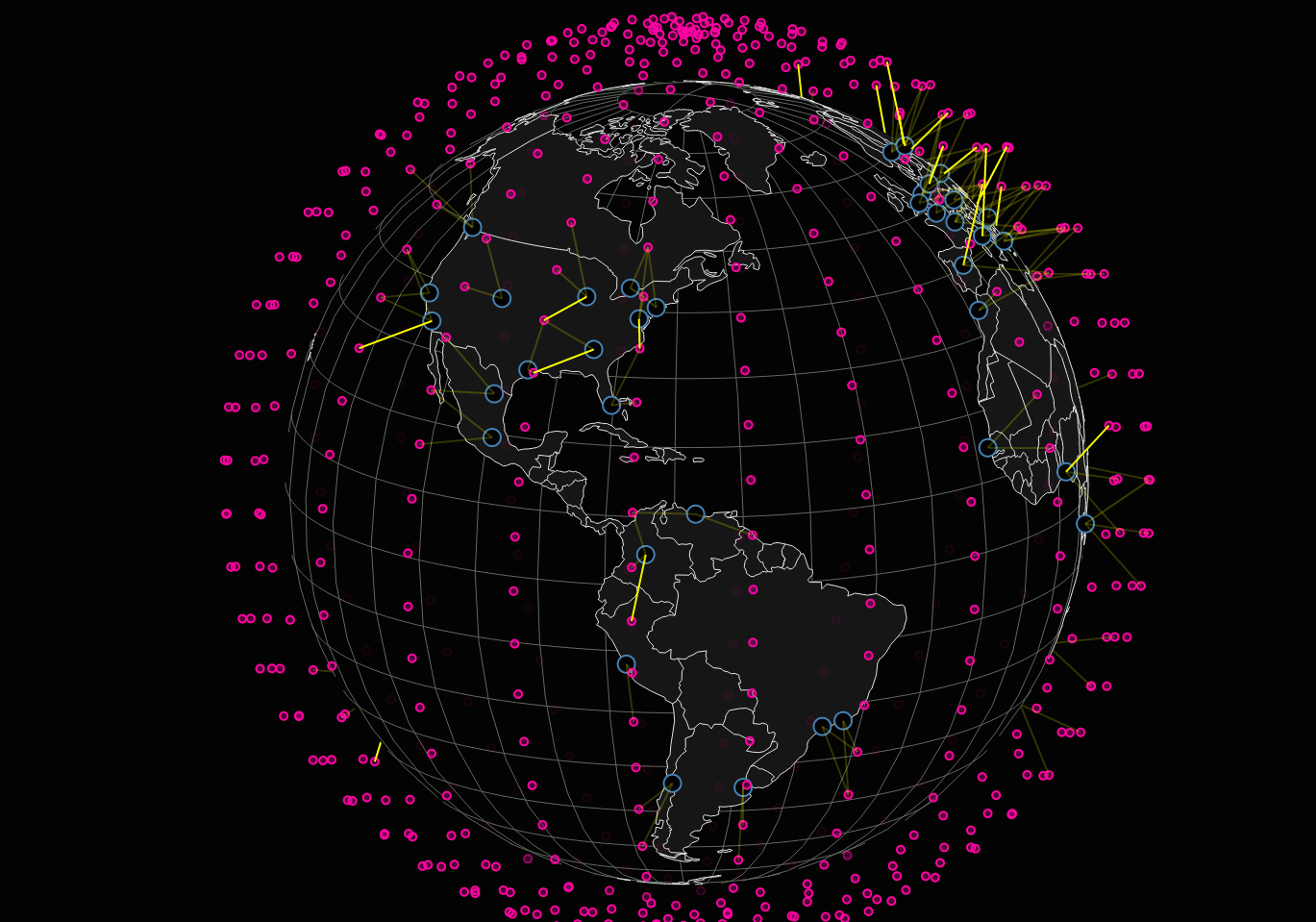This global gigabit per second low latency satellite network would be projected to earn $30 billion per year in revenue by 2025.
Before the recent successful re-flight of a first stage, SpaceX was already valued at more than $12-billion. Spacex has a backlog of customers and plans to launch about once every two weeks this year and could support one launch per week next year. If they are successful in increasing the launch rate Spacex will likely double or triple in value from the launch business alone. The global internet network would likely increase the valuation to $300 billion.
The internet communication satellites are expected to be in the smallsat-class of 100-to-500 kg (220-to-1,100 lb)-mass, which are intended to be orbiting at an altitude of approximately 1,100 kilometers (680 mi). Initial plans as of January 2015 are for the constellation to be made up of approximately 4000 cross-linked satellites, more than twice as many operational satellites as are in orbit in January 2015.
The satellites would be mass-produced, at much lower cost per unit of capability than existing satellites. Musk said they are going to try and do for satellites what we’ve done for rockets. In order to revolutionize space, we have to address both satellites and rockets. Smaller satellites are crucial to lowering the cost of space-based Internet and communications.
The current Falcon 9 (“Full Thrust”) can lift payloads of up to 22,800 kilograms (50,300 lb) to low Earth orbit, and up to 8,300 kilograms (18,300 lb) to geostationary transfer orbit. The payload is reduced when launching to enable landing stages. Spacex will probably be able to launch 12 to 20 satellites in each launch. They may also launch their own communication satellites as secondary payloads.
The first two of eight prototype satellites (MicroSat-1a and 1b) are now planned to be launched later this year.
The initial 800 satellite network for servicing north america could be operating by 2020.
The initial Ka and Ku plan would cost at least $10 billion. The V band satellites and launches could cost another $20 billion.
There will need to be steady launches afterward to replace satellites.
If satellites lasted 5-10 years and the $30 billion per year revenue figure was correct then the global satellite network would be massively profitable. The satellite network would support 100-200 launches per year by itself.
More launch sites for different orbits will be needed
There are several ideal sites available on the southeast coast of Nova Scotia. An ideal site for launches to polar orbit has both open ocean and tracking stations straight to the south or the north. Such stations exist straight south of Nova Scotia – in the Caribbean, South America and Antarctica.
Tesla Motors is already valued at about $50 billion. If the model 3 launch is successful then Tesla will be selling 500,000 cars per year by 2019. By 2025, Telsa could achieve 2-5 million cars per year. Valuation would likely be $600 billion or so at that point.
Elon Musk would likely have net worth in 2025 of
$100 to 200 billion from Spacex and the satellite network
$150 to $250 billion from Tesla.
Combined his net worth would be $250 to 450 billion.

Brian Wang is a Futurist Thought Leader and a popular Science blogger with 1 million readers per month. His blog Nextbigfuture.com is ranked #1 Science News Blog. It covers many disruptive technology and trends including Space, Robotics, Artificial Intelligence, Medicine, Anti-aging Biotechnology, and Nanotechnology.
Known for identifying cutting edge technologies, he is currently a Co-Founder of a startup and fundraiser for high potential early-stage companies. He is the Head of Research for Allocations for deep technology investments and an Angel Investor at Space Angels.
A frequent speaker at corporations, he has been a TEDx speaker, a Singularity University speaker and guest at numerous interviews for radio and podcasts. He is open to public speaking and advising engagements.


